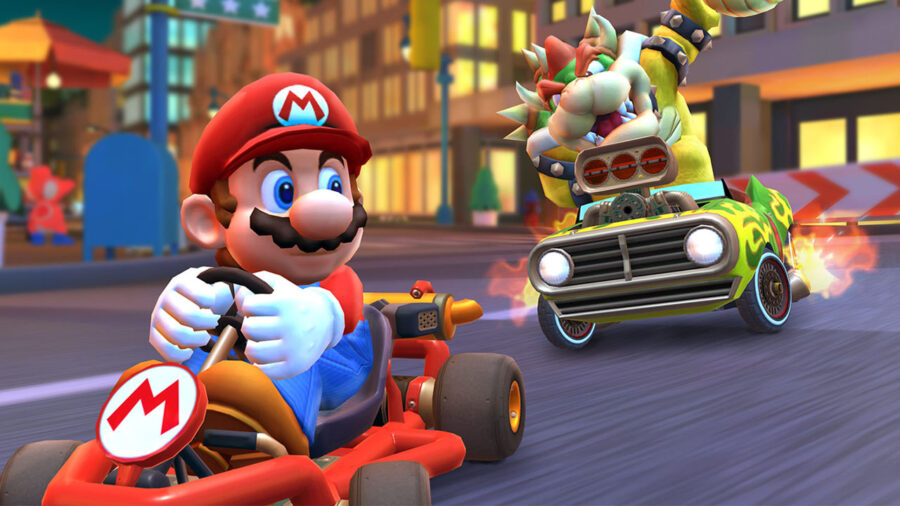Mario Kart Is Removing Its Most Controversial Feature
Mario Kart is joining a growing list of games that are now removing a hugely controversial feature that allows young players to essentially gamble.

Gacha gaming has been a pretty controversial topic over the past few years due to its similarities with loot boxes. The concept is derived from Japanese gachapon machines, which basically represent real-life loot boxes — but instead of power-ups, they dispense random collectible figurines in exchange for real-life currency. Sadly, this is a well-known concept in gaming, and loot boxes have been heavily criticized over the past few years for encouraging children to gamble. Luckily, Mario Kart Tour is finally dropping theirs.
As IGN reports, Nintendo is final removing the Gacha Pipe from Mario Kart Tour, which is the game’s own version of loot boxes. Previously, this mechanic allowed gamers to randomly obtain drivers, karts, and gliders by paying in-game premium currency, which players would buy with real money. Admittedly, the Gacha Pipe in Mario Kart Tour didn’t allow duplicates, but it still maintained a certain element of luck. This meant that gamers would have to spend hundreds, if not thousands, of dollars to obtain a particularly limited-time driver — which usually had better in-game states.
This mechanic would encourage Mario Kart Tour gamers to roll at the Gacha Pipe for a chance to win a powerful, limited-time driver, which implies luck and thus constitutes gambling. To resolve the issue, Nintendo took the same approach Blizzard is taking with their upcoming Diablo 4 and removed luck from the equation. This will allow Mario Kart Tour players to openly purchase their limited-time legendary drivers and karts directly from the new Spotlight Shop — an in-game shop with a rotating inventory.
It’s worth noting that neither Nintendo nor Blizzard came up with this monetization concept. Mobile games actually pioneered loot boxes, but some never adopted the concept, offering in-game store items with rotating inventory instead. Players are usually presented with only a few time-limited options they could purchase for real money. The element of luck is still there because if you didn’t like the selection, you could roll for a new set of premium items — which was randomly generated. However, you also had the option to wait for your favorite item to become available.
While the concept still implied spending real money on the premium currency used to obtain premium in-game items, it’s a much more honest way for players to pay for their items and developers to monetize their otherwise free-to-play content. Mario Kart Tour‘s Spotlight Store is scheduled to debut with tours that begin after October 4, 2022, which will effectively remove the Gacha Pipe from the game entirely and for good.
In other news, Mario Kart Tour is also adding a Gold Pass, which grants players specific rewards and access to certain races and modes. It’s removed from the traditional one-time seasonal purchase methods associated with gaming passes since it will require a monthly subscription. Nintendo has removed the Gacha Pipe from the game, which is certainly a step in the right direction. But the company seems as disinterested as ever in leveling the playing fields among gamers and more focused on revenue rather than racing.












